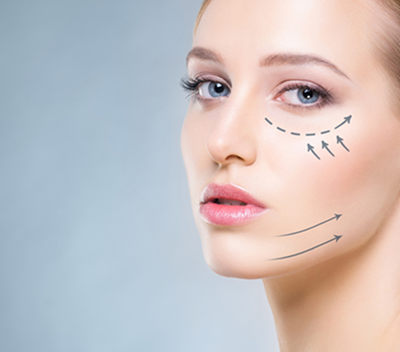For millions managing eczema—especially those with brown or Black skin—the lingering discoloration after a flare-up can be more frustrating than the itch itself. These pigment shifts, ranging from dark patches (hyperpigmentation) to lightened areas (hypopigmentation), often leave a lasting mark, even after the eczema has cleared. But there are thoughtful approaches to help restore balance and confidence.
Why Pigment Changes Occur
On deeper skin tones, inflammation from eczema can cause overproduction of melanin, resulting in darker spots, or disrupt melanin formation, leading to pallid patches. Delayed treatment and repeated scratching only worsen these changes. Promptly addressing eczema flares—with proper skincare and guidance—can mitigate long-term pigment issues.
Soothing Hyperpigmentation (Dark Spots)
These marks often fade over time—usually within 6 to 12 months—but targeted treatments can help speed up recovery:
-
Sun protection: Avoid sunlight to prevent darkening, and use mineral-based or tinted sunscreens with SPF 30+ for cultural compatibility.
-
Topical lighteners: Ingredients like hydroquinone (prescription-only), kojic acid, niacinamide, azelaic acid, vitamin C, and retinoids can reduce pigment. Use cautiously on sensitive or recently healed skin.
-
In-office treatments: For persistent spots, options like chemical peels (glycolic, salicylic acids) or Q-switched Nd:YAG laser can be effective—especially when performed by practitioners experienced with darker skin types.
Addressing Hypopigmentation (Light Patches)
Hypopigmentation is trickier to treat, but options exist:
-
Calcineurin inhibitors (like tacrolimus or pimecrolimus) may help restore pigment in lighter patches—often used in eczema or dermatitis-related cases.
-
Light therapies: Procedures like non-ablative lasers or excimer laser phototherapy can stimulate repigmentation safely in skin of color.
-
Avoiding harsh light exposure: UV exposure can worsen contrast. Leave such therapies to qualified professionals.
Supporting Recovery and Preventing Future Fallout
-
Moisturize consistently: Use fragrance‑free, eczema-friendly products (look for a trusted seal of acceptance) to reinforce the skin barrier.
-
Sunscreen daily: A must—even on cloudy days—to stop pigmentation from worsening.
-
Manage flare-ups proactively: Prompt treatment and avoiding triggers (like scratching and stress) slows pigment damage.
-
Consult a skin specialist: Professionals who understand tinted skin tones can offer personalized, cautious strategies with the right balance of efficacy and gentleness.
A Real-World Perspective
Florida-based dietitian Rakhi Roy Chowdhury, who has lived with eczema since childhood, shares the emotional toll pigment changes can take. She emphasizes, “The eczema may be healed, but the discoloration lingers—and that can feel disempowering.” Her journey led her to help others with melanated skin understand how diet, gentle skincare, and self-awareness can support repigmentation and renewed self-esteem.
Bottom Line
Pigment shifts after eczema are often temporary, but even long-lasting changes can respond to thoughtful treatment and patience. With sun protection, proven skincare ingredients, possible laser or light guidance, and emotional resilience, skin balance—and confidence—can be restored.
Trending News
-

The New Face of Plastic Surgery: How Ozempic, Hormones, and Social Media Are Reshaping Aesthetics in 2025 Dave.C
-

How to Treat Pigmentation Changes on Melanin-Rich Skin Post-Eczema David.C
-

9 Recovery Tips From a Plastic Surgeon (and Patient) to Make Healing Easier Dave.M
-

Should You Consider Breast Explant Surgery? Dave.M
-

Are Your Implants Covered? Understanding Plastic Surgery Complication Insurance David.C
